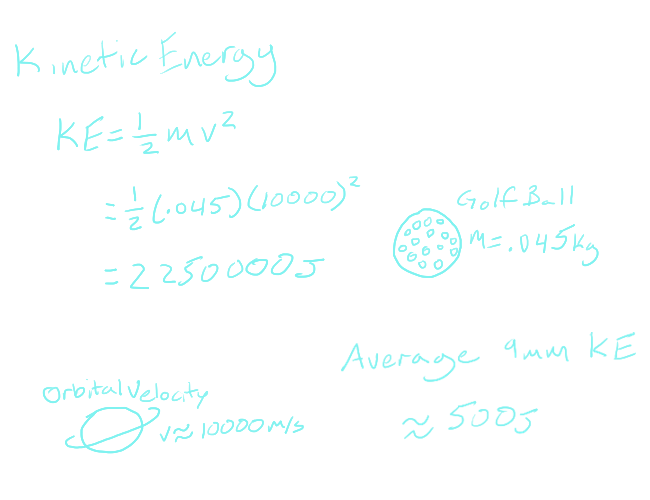Debris Fields
"Every time a satelite, ship, probe, station or other man-made structure crashes and explodes in space, the rest of us are left to dodge the bits and pieces going about our daily lives, so do us all a favor; don't explode."While some of the dangers can be mitigated with advancements in technology, engineers still haven't found a great way to handle bits of metal traveling thousands of kilometers per hour. Herein lies the real danger of leaving junk unattended in orbit around any body.
Type
Natural




"One small piece of debris, one giant hole in your hull." Had to adapt that quote eventually. :P